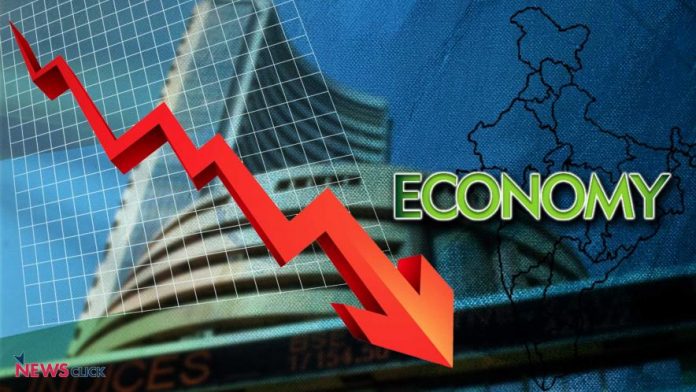The vaccination became the most important factor in evaluating the country’s economic performance in Fy22. Lockdowns are one of the most tested tools to fight the crisis, which implies a displacement of economic activities which hit total demand. According to the total expenditure angle, the loss of revenue brings down consumption and controls demand.
Many people have written about the trends that would stick to the current unexpected crisis of the pandemic such as digitization, automation, smart manufacturing, healthcare-related activities, e-commerce, and retail business. However, the speeder the victory against the virus is gained through the speedier steps of vaccination doses, and which is higher the chance of climbing to the ladder for the recovery in the current year.
All the calculations made on January 21 were brought down on April 21 and it is ongoing from May June 21. In the MPC resolution, which is the Monetary Policy Committee responsible for fixing the interest rates in India, the reserve bank has cut down 10.5% GDP growth in FY22 which is already estimated to 9.5% which comprises of 18.5% growth in Q1, 7.9% in Q2, 7.2% in Q3 and ending Q4 with 6.6% growth. Already the Q1 growth has been dropped by RBI from 26% to 18.5%.
Positive elements in RBI estimates have been taken as rising rural demand, satisfactory monsoon impact, and strong global push in the export sector. These factors in all likelihood may be sustained for the balance period of the current fiscal. The vaccination and outcome of the 2nd and 3rd wave of the virus are the two elements that have downward risks.
Government total expenditure on healthcare, distribution of food and other important goods for the Covid victims, direct transfer of funds to the farmers are moving forward significantly this year. This component in some of the developed countries in GDP is considerably higher of their having to bear a much larger social welfare expenditure.
Succeeding December 20, things were pouring in regarding the severity of the pandemic in the country before the arrival of the second wave in the latter part of March 21. It must be pointed out that the relieved scenario in the first two months of Q1 of FY21 led to a spurt in public investment in roadways and economic housing segments. The hard challenge is to raise the swaying GDP growth related to existing public investment in infrastructure and construction.
It is necessary to carry on with budgetary announcements of public investment in the main areas of roads, railways, affordable housing, transportation of water, gas, and oil, ports, irrigation. The unpredictability common in the economy on demand growth and rate of return on fresh investment must be supervised by the higher level of government action in infrastructure projects to induce private investment through application of PPP module in the form of HAM (Hybrid Annuity Method), BOT (Build, Operate and Transfer) and EPC (Engineering, Procurement, and Construction).
Follow and connect with us on Facebook, LinkedIn & Twitter

